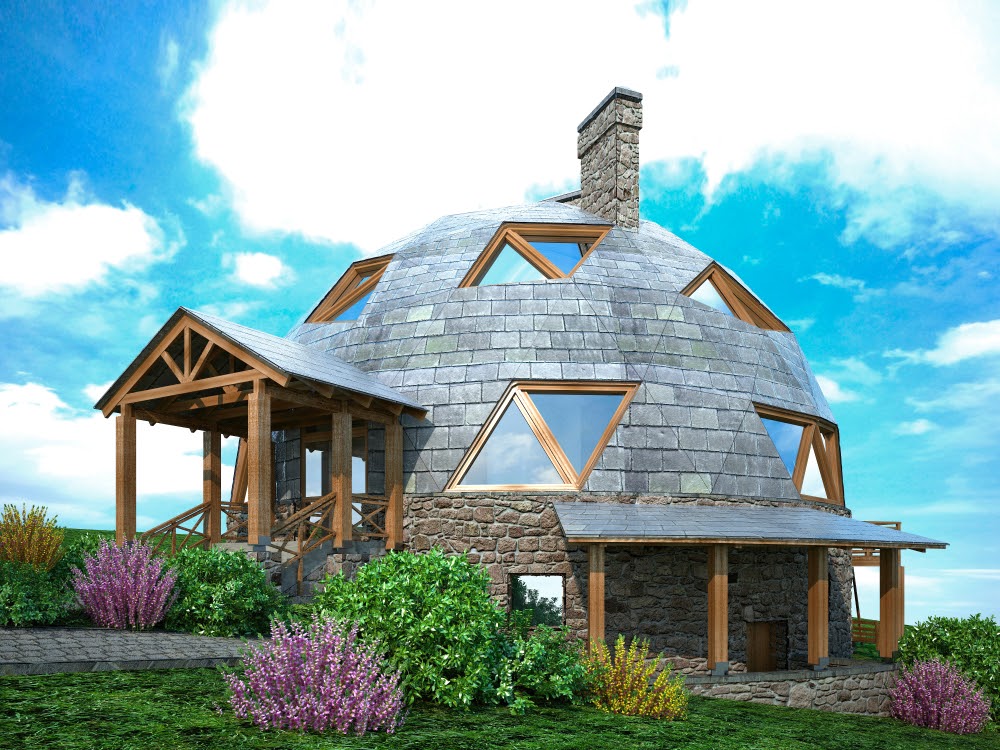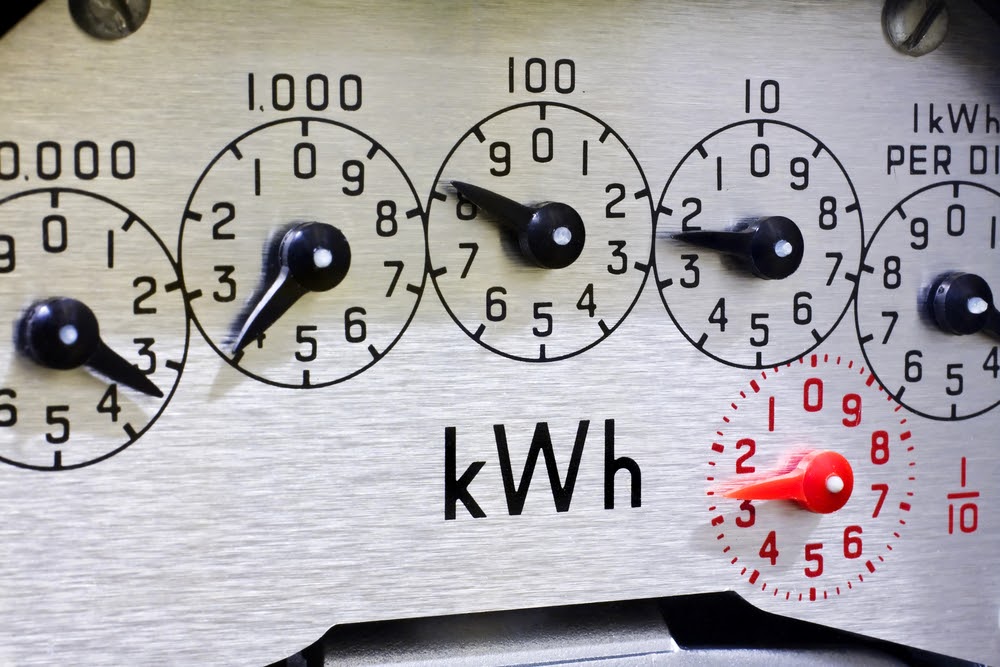Energy-Efficient Home Ideas
Those who are looking for a new house might find that the available inventory isn’t quite what they want for their ideal home. There also might be a desire to find a new home that offers energy-efficient and eco-friendly construction and features.
Building energy efficient homes could allow homeowners to choose all their desired features and fully customize the home to their lifestyle and needs. Building an energy-efficient home can be the ultimate green dream that allows homeowners to seriously cut down on energy waste…and those monthly energy expenses.

Energy-Efficient Home Options
There is no one-size-fits-all energy-efficient home plan. Like many expensive investments, the budget could play a sizeable role in the features homeowners choose for designing and building their green home.
Homeowners with a bottomless budget could opt for a fully green home. All the energy-efficient options! This could include eco-friendly building materials and maybe even an energy-efficient design. Homes can include solar panels or even wind turbines for electricity.
Some homes are designed as geodesic domes, which are an energy-efficient structure; these domes allow homeowners to heat their space more efficiently. In addition, they are noted as the strongest design structure.
And, yes, there are ENERGY STAR homes. According to ENERGY STAR, these homes feature energy-efficient heating and cooling, energy-efficient lighting and appliances, and building materials that best protect the home against water. In addition, these homes also protect against the elements with a “complete thermal enclosure system” that keeps out the elements; this system encompasses windows, insulation and air sealing.

The Worst Energy Drains
Homeowners building their own home might not have the budget to opt for a complete green home. However, they may be able to incorporate energy-saving features into their new home. There are a few energy-zapping appliances that are the biggest culprits to the monthly electricity bill. For this reason, homeowners might opt for energy-efficient options…when given the choice.
What are the appliances that use the most energy in the home? The top three offenders are:
- Heating and cooling
- Water heater
- Washer and dryer
Heating and cooling is the largest energy user in the home and consumes almost half of the energy each month! According to Visual Capitalist, heating and cooling the home costs homeowners on average a combined total of more than $1,000 a year. The water heater eats up more than $300 each year, and washing and drying all the family’s clothes costs $143 every year.
All those other appliances also chip away at the budget, too. The oven bakes $90 every year of the utility budget, and the dishwasher cleans up the dirty dishes for $50 a year (not too bad!). While homeowners might assume the fridge chills the monthly budget, Visual Capitalist notes that it only costs about $95 each year in energy.
Still, homeowners can chip away at the energy bill by choosing energy-efficient appliances. The monthly and yearly savings could add up. Even better? Choosing solar power to light and power the home could free up some energy dollars. Energy-efficient appliances and solar panels also could qualify for rebates for more savings.
How to Make Every Home Energy-Efficient
Homeowners might not have any interest in moving or purchasing a new home. However, they may be interested in a green lifestyle and minimizing energy drains and waste. Homeowners can find ways to cut down their energy costs and decrease their carbon footprint, and they don’t have to move to do it!
When homeowners need to purchase new appliances—like a new fridge or even a hot water heater—they can opt for energy-efficient options. Over time, homeowners can eventually switch out all their appliances to more eco-friendly upgrades.
If the home tends to feel colder in winter, homeowners might want to have a professional check the insulation. Choosing better insulation can ensure that heat doesn’t escape. No one wants to pay more money for their HVAC to kick on constantly because of poor insulation!
Windows also might need to be replaced. Or homeowners might just need to use weather film to insulate the windows to keep out the elements.
Homeowners also can nudge down the temperature on the hot water heater. Although for health reasons, they might opt to leave the temperature at 140 degrees Fahrenheit. While dropping the temperature down to 120 can save money, making the adjustment might not always be advisable. Water temperature is an issue as Legionella bacteria can grow in certain water temperature conditions. However, at 140 degrees, the organisms die out within a little more than half an hour.
While building a new home can give homeowners the option to make their home completely green, they also can opt for energy-saving appliances, too. Homeowners whose home wasn’t designed as a green home or with energy-efficient features can make upgrades to energy-efficient appliances over time to save energy and money. Better insulation or window films to keep out the elements can also add more savings to the monthly budget! Every home can be an energy-efficient home; homeowners just have to think green!


